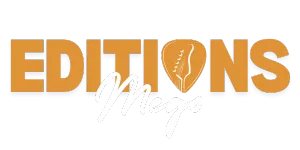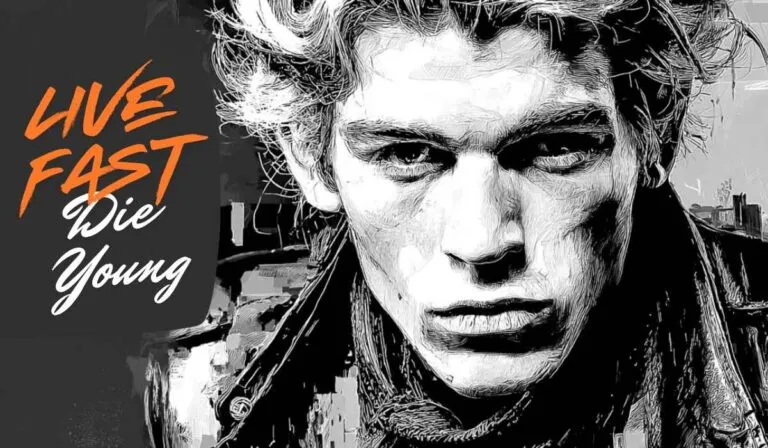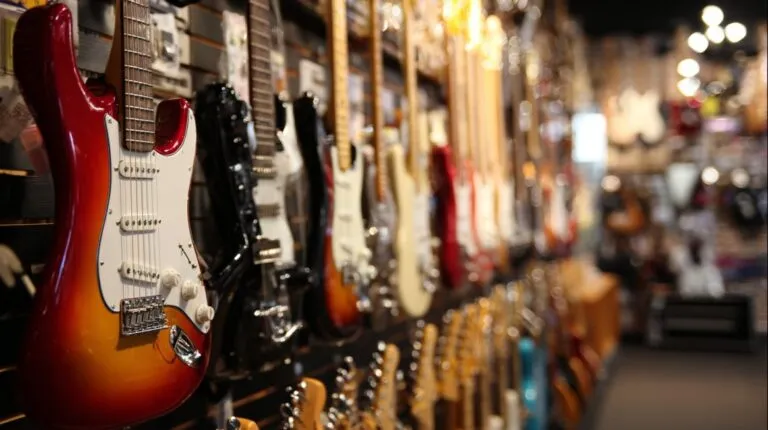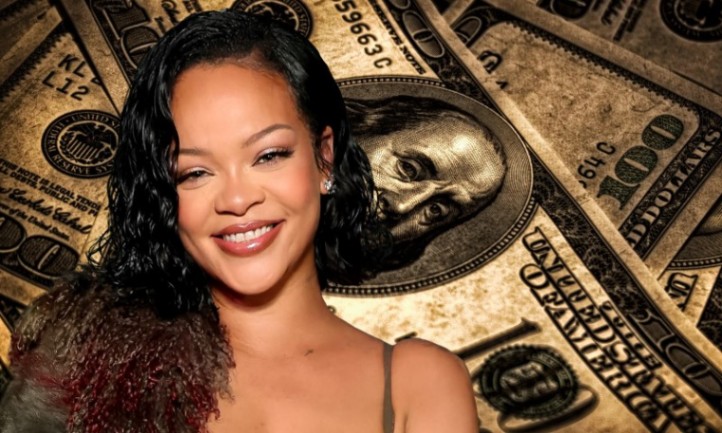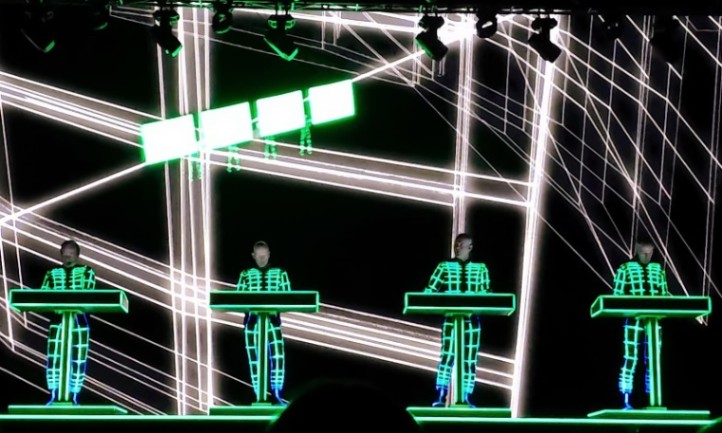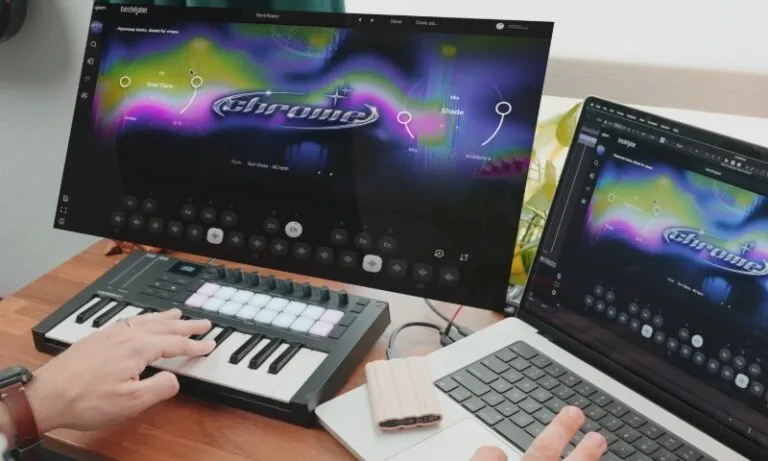Before I jump in, let’s set the stage. “Underrated” doesn’t mean unknown—some of these folks are famous, just not for their guitar chops.
It’s about talent that’s overshadowed—by bandmates, genre bias, or just bad luck.
Maybe they didn’t chase solos, or their band’s singer hogged the praise. Whatever the reason, their skill demands a closer look.
I’ve picked a handful who’ve blown me away, and I’ll break down why they’re criminally underappreciated, with examples to back it up.
1. Terry Kath (Chicago)
Terry Kath was the soul of Chicago’s early sound, a guitarist who could shred, groove, and emote like nobody’s business.
But mention Chicago today, and most folks think of Peter Cetera’s sappy ’80s ballads—“If You Leave Me Now” or “Hard to Say I’m Sorry.”
Kath’s brilliance got buried under that schmaltz after his tragic death in 1978. He was the band’s original frontman, a powerhouse who blended rock, jazz, and blues, yet he’s rarely in the “greatest guitarist” convo.
Kath’s tone was raw and warm, often through a Gibson Les Paul, and his phrasing had a vocal quality—think Hendrix with a jazz twist. Take “25 or 6 to 4” from Chicago II (1970).
That solo? It’s a masterclass—gritty bends, lightning runs, and a melody that sticks. He didn’t just play; he sang through the strings.
Or listen to “I’m a Man” from their debut—his wah-wah riffs and funky stabs turn a cover into a beast. Jimi Hendrix himself called Kath better than him, a nod that should’ve cemented his legacy.
But Chicago’s horn-heavy rep and later pop shift left him as the guy “in the band with the trumpets,” not the guitar god he was.
2. Prince
Prince is a global icon—singer, songwriter, multi-instrumentalist, sex symbol. But his guitar work? It’s like the world forgot he was a virtuoso.
Everyone’s dazzled by his falsetto or “Purple Rain” theatrics, and yeah, he played every instrument on his early albums, but the guitar was his weapon.
He’s pigeonholed as a pop star, not a six-string titan, which is a crime.
Go watch his 2004 Rock and Roll Hall of Fame solo on “While My Guitar Gently Weeps.”
He steps up with Tom Petty and Steve Winwood, and at 3:27, he unleashes a barrage—bluesy bends, shredding runs, and a finale where he falls offstage, still nailing it. It’s jaw-dropping.
Or “Let’s Go Crazy” from Purple Rain—that opening riff is pure fire, and the solo blends funk and rock with surgical precision.
Prince’s style was fluid, pulling from Hendrix, Santana, and funk masters like Eddie Hazel, but with his own flair—clean, sharp, and soulful.
His 2007 Super Bowl halftime show, shredding “Sweet Child O’ Mine” in the rain, should’ve ended the debate. Yet, he’s still “the Purple One,” not “the guitarist.”
3. Lindsey Buckingham (Fleetwood Mac)

Lindsey Buckingham turned Fleetwood Mac into a juggernaut, but Stevie Nicks’ witchy mystique and Mick Fleetwood’s drumming often steal the show.
He’s hailed as a producer and songwriter—“Go Your Own Way,” sure—but his guitar mastery? Criminally sidelined.
Buckingham’s fingerpicking, odd tunings, and raw energy don’t get the props they deserve.
No pick—just his fingers dancing across the strings in a Travis-picking style, intricate yet effortless. Then flip to “The Chain”—that solo is feral, all bends and slides, cutting through the mix like a blade.
He ditched picks entirely, giving him a unique attack; he could pluck hard or soft, shifting dynamics on a dime. “Big Love” from Tango in the Night (1987) live versions?
One man, one guitar, and a wall of sound—fast, precise, and unhinged. Buckingham’s overshadowed by Mac’s drama, but his playing was the backbone.
4. Alex Lifeson (Rush)
@entrenous2112 #rush #alexlifeson #neilpeart #geddylee #solos #fyp ♬ Freewill – Rush
Alex Lifeson is a prog-rock titan, but in Rush, Geddy Lee’s banshee wails and Neil Peart’s drum wizardry hog the spotlight.
Prog’s niche status doesn’t help—mainstream rock stations rarely spin “La Villa Strangiato.”
Lifeson’s not flashy; he’s a craftsman, weaving complex riffs and solos into Rush’s odd-time tapestries, and that subtlety keeps him off the radar.
“Limelight” from Moving Pictures (1981)—that solo is melodic gold, soaring over 7/8 time with feel and finesse.
Or “La Villa Strangiato” from Hemispheres (1978)—nine minutes of jaw-dropping shifts, from gentle arpeggios to blistering runs, all flawless live.
Lifeson’s tone, often through a Gibson ES-335, is warm yet biting, and he layers textures like a painter—check the atmospheric intro to “Xanadu.”
He’s a team player, not a showboat, which is why he’s overlooked despite being a technical beast.
5. Mick Mars (Mötley Crüe)

Mick Mars is the quiet engine of Mötley Crüe, drowned out by Vince Neil’s wail, Tommy Lee’s antics, and Nikki Sixx’s bass-driven songwriting.
Glam metal’s all about hair and hooks, not guitar heroics, and Mars’ health struggles—ankylosing spondylitis—kept him low-key. But his riffs? They’re the grit in Crüe’s glitter.
“Kickstart My Heart” from Dr. Feelgood (1989)—that riff is a freight train, raw and relentless, with a solo that dives and screams.
“Looks That Kill” from Shout at the Devil (1983)? Pure menace, all palm-muted chugs and dive-bombs.
Mars’ style is bluesy, dirty, and precise—think a heavier Keith Richards with a metal edge.
His Gibson Les Paul roared through cheap amps, giving Crüe a sound no one else had. He’s the unsung architect of their best tracks, yet the band’s chaos overshadows him.
6. John Squire (The Stone Roses)
John Squire defined the Stone Roses’ psychedelic jangle, but they’re a cult band outside the UK, and Ian Brown’s vocals get the hype.
The Roses’ short peak—two albums, then a messy split—didn’t help. Squire’s not a shredder; he’s a melodic genius, and that understated brilliance flies under the radar.
“I Wanna Be Adored” from their 1989 debut—those chiming chords and eerie slides build a hypnotic vibe.
“Waterfall” is even better—bright arpeggios cascade into a solo that’s pure ’60s bliss, channeling The Byrds through a Madchester lens.
Squire’s open tunings and clean Fender Strat tone gave the Roses a signature shimmer. He’s a painter with notes, not a speed demon, which is why he’s overlooked despite inspiring Britpop’s guitar wave.
7. Steve Cropper (Booker T. & the M.G.’s, Stax Records)
Steve Cropper is a soul legend, but as a session ace for Stax, he’s rarely the star.
Singers like Otis Redding or Sam & Dave got the glory, and Cropper’s rhythm chops don’t scream “solo god.”
He’s the king of less-is-more, shaping hits with tasteful licks, and that subtlety keeps him off guitar lists.
“Soul Man”—those stabbing Telecaster riffs? Cropper. “(Sittin’ On) The Dock of the Bay”—the clean, mournful lines?
Him again. His work with Booker T. on “Green Onions” is a groove clinic—funky, sparse, and timeless.
Cropper’s Fender Tele snapped with clarity, and his co-writing (think “Knock on Wood”) shows his depth.
He’s a giant in soul, yet guitar nerds skip him for flashier names.
8. Rory Gallagher

Rory Gallagher was a blues-rock titan, but he never got the global hype of Clapton or Beck.
Ireland’s finest export stayed true to his roots—gritty, no-frills playing—while the ’70s rock scene chased flashier trends.
He shunned the spotlight, touring relentlessly instead of schmoozing for fame, and his early death in 1995 at 47 cut his legacy short.
The world slept on a genius who could’ve ruled the era.
Gallagher’s Stratocaster—beat to hell, paint peeling—was his voice, raw and searing.
“Tattoo’d Lady” from Tattoo (1973) is a rollicking showcase—slide guitar weaving through Irish folk vibes, then erupting into fiery bends.
“A Million Miles Away” from the same album? Pure soul—his tone drips with longing, backed by a slow-burn solo that cuts deep.
Live, he was untouchable—check Irish Tour ’74 and “Messin’ with the Kid,” where he trades licks with his band like a street fighter in a bar brawl.
Rory mixed blues, rock, and Celtic flair with a workman’s grit, but his low-key persona kept him off the pedestal.
9. Johnny Marr (The Smiths)
Johnny Marr crafted The Smiths’ shimmering sound, but Morrissey’s brooding lyrics and persona hogged the credit.
The band’s indie status and short run—1982 to 1987—didn’t help Marr break into mainstream guitar lore.
He’s not a solo shredder; he’s a sonic architect, layering riffs and chords into timeless hooks. That subtlety leaves him overlooked among axe-slinging showboats.
“How Soon Is Now?” from Meat Is Murder (1985)—that trembling, reverb-drenched riff is Marr’s masterpiece, played on a Rickenbacker 330 with a slide for extra haunt.
“This Charming Man” from their debut? Those jangly, interlocking lines dance around Morrissey’s croon, pure ’60s pop reborn in punk’s shadow.
His clean, chimey tone—often through a Roland JC-120 amp—set the blueprint for Britpop.
Listen to “The Headmaster Ritual”—it’s a clinic in arpeggios and rhythm, tight yet loose. Marr’s a mood-setter, not a spotlight-grabber, which is why he’s criminally underappreciated.
10. Duane Eddy
Duane Eddy pioneered the twangy guitar sound in the late ’50s, but rock’s evolution—Beatles, Hendrix, metal—pushed his instrumental style to the sidelines.
He’s a name you might know, but his influence on country, surf, and rock guitarists is rarely shouted about.
Eddy didn’t wail or shred; he grooved with a low-end rumble that shaped genres, yet he’s stuck in “retro” limbo.
“Rebel Rouser” (1958)—that deep, reverb-soaked Gretsch riff is iconic, a swaggering stomp that screams American cool.
“Peter Gunn” from Have ‘Twangy’ Guitar Will Travel (1959)? It’s moody and sleek, with a bass-string growl that hit TV screens and inspired countless players—Quentin Tarantino even revived it for Pulp Fiction vibes.
Eddy’s trick was simple: focus on the lower strings, crank the echo, and let it resonate.
His tone was a foundation for Dick Dale and even Springsteen’s intros, but he’s dismissed as a “’50s guy” instead of the innovator he was.
Related Posts:
- 10 Biggest Music Lawsuits in History - How Artists…
- Must-Know Music Theory Concepts for Guitarists -…
- 10 Easy Taylor Swift Songs for Beginner Guitarists
- 13 Female Guitarists You Need to Know About in 2025
- Best Instruments for Guitarists - 5 Easy Choices to…
- 10 Most Iconic Music Album Covers of All Time: Full…
